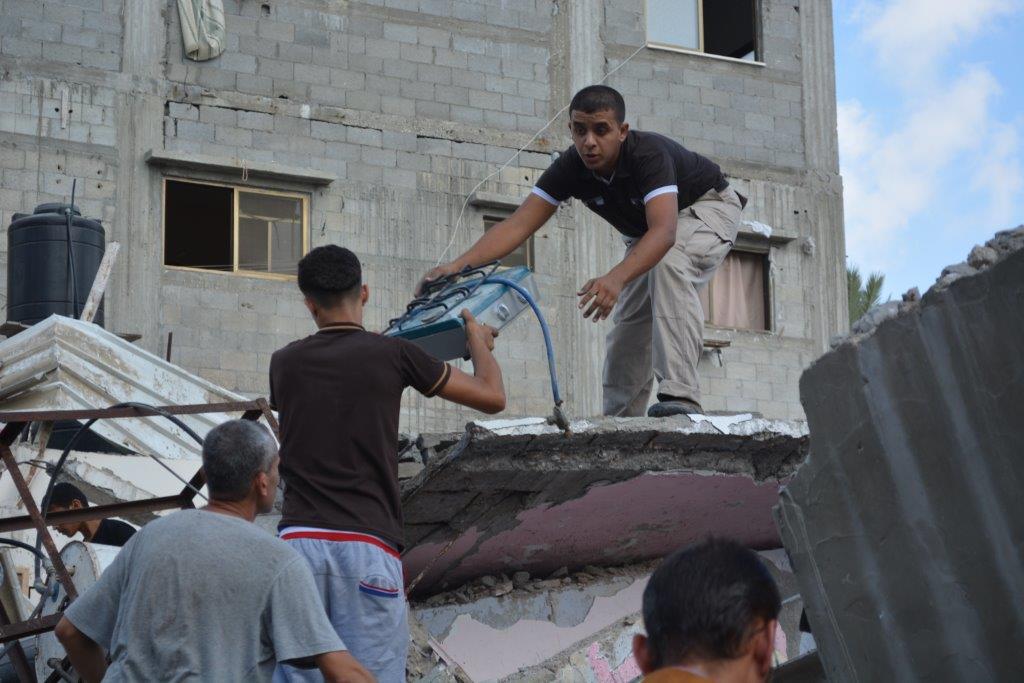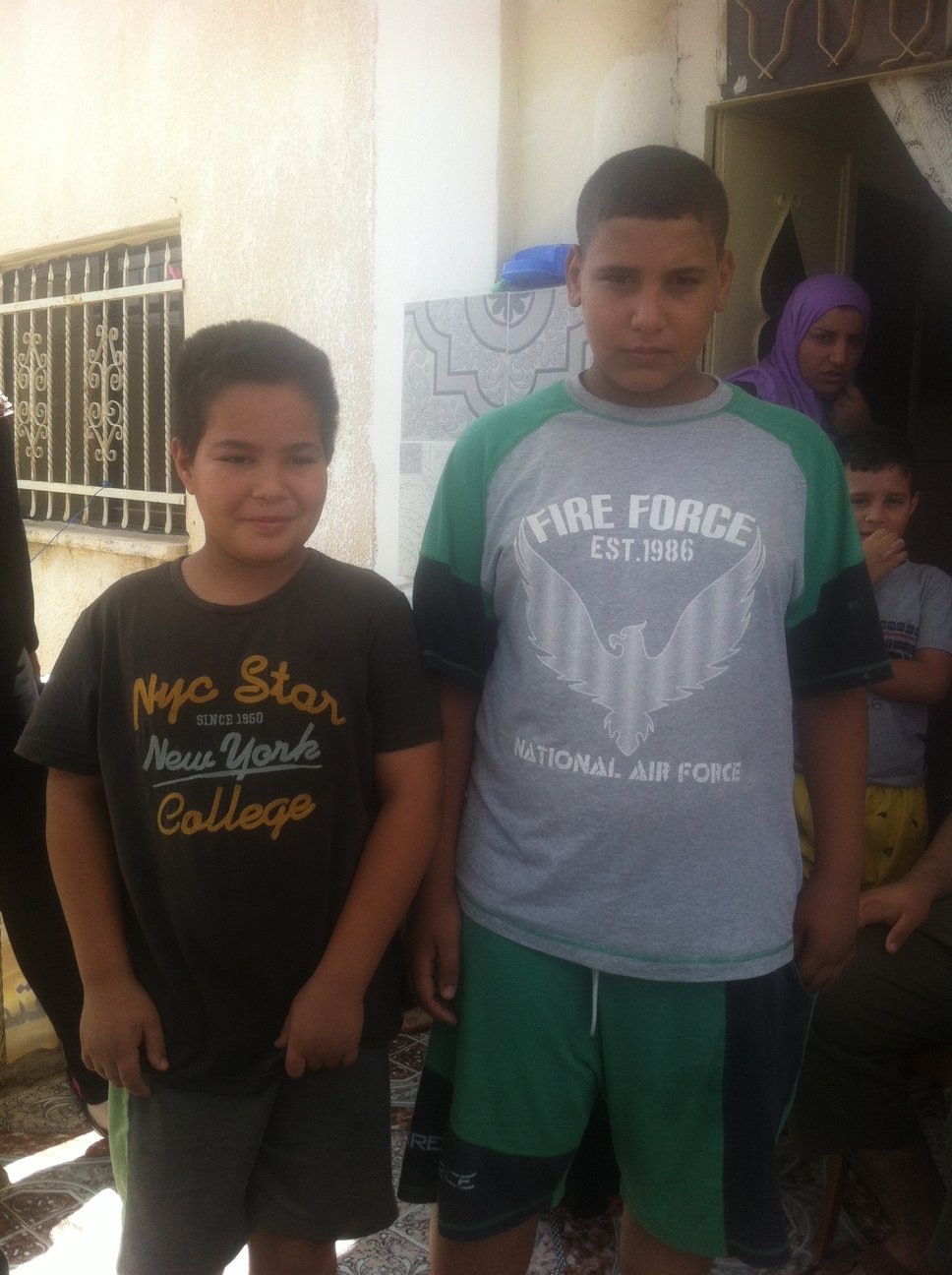Category: Reports
-
Gaza report: “Colonisation policies will not bring peace and security”
16th July 2014 | International Solidarity Movement, Charlie Andreasson | Gaza, Occupied Palestine Just one or two hours after the ceasefire talks broke down, Sohil Deeb Mahmoud al Hosris’ house was completely demolished in the densely populated refugee camp of Shati in an air strike. It was a miracle nobody were killed or injured. Where the former house stood,…
-
Settlers attempted to kidnap and shoot two young Palestinian children
15th July 2014 | International Solidarity Movement, Nablus team | Dear Istiya, Occupied Palestine Yesterday in the village of Deir Istiya, two young boys, Hasim Abu Zeed (13) and Hathem Yaser Abu Zeed (9) were attacked by Israeli settlers. Every day Hasim and Hathem’s family have to cross a road, which separates their homes from…
-
Israel airstrike bombs major water line, sewage station and water wells in Gaza
13th July 2014 | International Solidarity Movement, Ramallah team | Gaza, Occupied Palestine Israeli airstrikes bombed a major water line and sewage plant west of Gaza City, last Wednesday afternoon, which provides water to tens of thousands of citizens and is regarded as the main water line for al-Shati refugee camp west of the city. The director of the Water…



